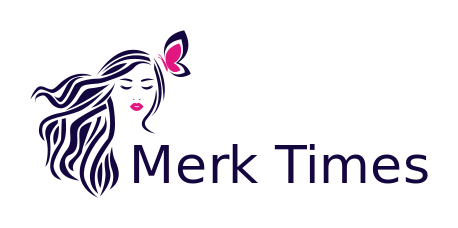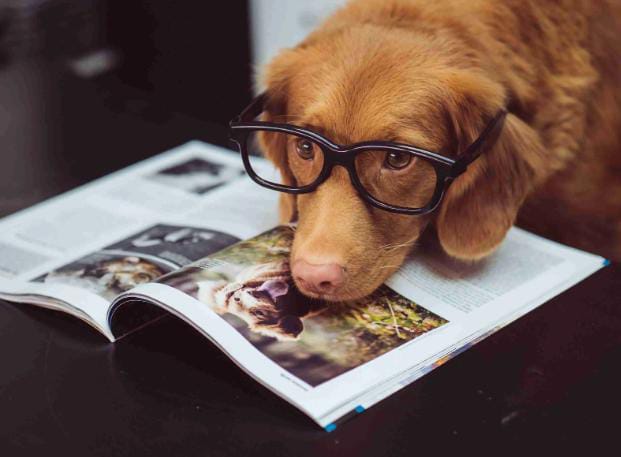For the compassionate souls who dedicate their lives to the well-being of our four-legged companions, the practice of veterinary medicine is more than a job—it’s a calling. The veterinary field, however, is not without its perils, from the unpredictable nature of animal patients to the inherent risks involved in medical interventions. Just as a good paw print analysis can reveal so much, veterinarians should be equally astute in understanding their professional liability insurance needs.
This comprehensive guide is tailor-made for veterinarians and those desiring a deep-dive into the world of professional liability insurance. Whether you’re a seasoned veterinary expert or just starting out, read on to ensure you have the protection you need for a fulfilling, worry-free career.
A Tail of Two Coverages: Professional versus General Liability
At the heart of insurance literacy for veterinarians lies the distinction between professional and general liability insurance. Professional liability insurance, often referred to as malpractice insurance, covers legal defense costs, settlements, and judgments arising from claims of negligence, errors, and omissions related to your veterinary services. In contrast, general liability insurance—common to most businesses—protects against issues like customer injuries on your property or damage to someone else’s property.
In essence, professional liability insurance for veterinarians acknowledges that the stakes are higher when it comes to medical treatment compared to, say, a client slipping on a wet floor. It’s a specialized form of protection that not only secures your financial well-being but also safeguards the trust your clients place in you.
Understanding the Anatomy of Coverage: Key Policy Inclusions
Navigating the specifics of a professional liability policy can be as complex as diagnosing a rare feline condition. Key inclusions to look for in your policy should cover areas like defense costs, incident response, and the parallel board actions that can arise from a client complaint. Here’s a rundown of what your coverage should encapsulate:
- Professional Services Definition: Ensure that the policy encompasses all the services you provide, from physical exams to surgical procedures, to counseling on animal care and beyond.
- Defense Costs: Legal battles can be financially draining. Check that your policy covers attorney fees, court costs, and any settlements or judgments.
- Incident Coverage: Sometimes, incidents of malpractice may not immediately lead to a claim. Your policy should cover incidents that materialize as claims later on, during the policy period.
- Board Complaints: Professional liability insurance should assist with defense costs related to board inquiries, which can follow a client complaint. This is particularly important for maintaining your professional reputation.
Compliance: The Needle that Threads the Policy
Just as you wouldn’t start a surgery without being properly prepared, ensuring that you are in compliance with your professional liability insurance policy from the get-go is non-negotiable. In practical terms, this means:
- Read and Understand: The first step is to thoroughly read through your policy document. Understanding the nuances and exclusions is vital.
- Keep Records: Good record-keeping of client interactions, treatment details, and waivers signed can be invaluable in the event of a claim.
- Continuing Education: Stay abreast of legal updates and procedures in your field. Many policies may be impacted by changes in the law that you must comply with.
- Prompt Reporting: If an incident occurs, report it to your insurer even if you don’t think it will lead to a claim. Timely reporting is often a part of the policy requirement.
The Premium Conundrum: Balancing Cost and Protection
Professional liability insurance is an investment in your veterinary practice and your peace of mind. Like any investment, finding the balance between cost and coverage is crucial. Here’s how to approach the premium conundrum:
- Comparison Shopping: Different insurers offer varying rates and policy features. Shop around to find the best value for your unique needs.
- Risk Management Programs: https://schneider-insurance.com/business-insurance/specialized-business-insurance/veterinary-office-insurance insurers may offer discounts for participating in risk management programs, which can also lower the likelihood of claims.
- Consider Policy Limits: The coverage provided by your policy should meet or exceed the potential costs of a lawsuit. Work with a knowledgeable broker to assess the right limit for your practice.
- Bundling Policies: Sometimes, purchasing multiple policies from the same provider can lead to a reduction in the overall premium.
When to Call on Your Insurance: Navigating Claims and Support
An often-overlooked aspect of professional liability insurance is the claims process. Knowing how to smoothly file a claim and what to expect in terms of support from your insurer can be pivotal in managing a difficult situation. Key steps in handling a claim include:
- Timely Notification: Report any potential claim or incident immediately to your insurer. Delays can impact the coverage you receive.
- Cooperation and Documentation: Work closely with your insurer and provide any documentation or information they request promptly.
- Understanding the Process: Insurance claims can take time and may be complex. Understand the process from start to finish and be patient.
- Supportive Network: Lean on your insurance provider for support and resources throughout the claims process. Many insurers offer legal and risk management resources that can be invaluable.
Beyond Insurance: Additional Risk Management Strategies
While professional liability insurance is a cornerstone of risk management, it should not stand alone. There are several proactive strategies veterinarians can employ to minimize the risk of malpractice claims and incidents, including:
- Client Communication: Ensuring clear, transparent communication with clients regarding diagnoses, treatment plans, and expected outcomes.
- Standardized Procedures: Following standardized protocols for patient care and record-keeping to ensure continuity and prevent errors.
- Staff Training: Educating and training your staff on best practices can reduce the likelihood of mistakes.
- Client and Patient Screening: Understanding the complexities of the animal’s history and behavior can lead to more accurate analyses and treatment plans.
The Long Walk: Proactive Career Protection Beyond the Policy
Finally, while the focus of this guide has been on the importance of professional liability insurance for veterinarians, it’s essential to realize that your career security extends beyond just the presence of a policy. Part of being a responsible and successful veterinarian is to take proactive, long-term steps to protect your practice and reputation. This includes:
- Continuing Education: Never stop learning. Staying current with the latest medical advancements and legal standards keeps your skills sharp and your practice safe.
- Ethical Practice: Adhering to the highest ethical standards is your best defense against malpractice claims.
- Client Relationships: Nurturing strong relationships with your clients and community can lead to a more forgiving environment and prevent many potential miscommunications from escalating.
- Professional Associations: Membership in professional veterinary organizations can provide support, resources, and advocacy when you need it most.
By approaching professional liability insurance with detailed awareness and a robust risk management plan, veterinarians can provide the best care to their patients while protecting their practice and livelihood. Remember, in the vast field of professional veterinary medicine, insurance is the harness that holds your career safely in place as you dance to the tune of the lives you touch each day.
Understanding the intricacies of professional liability insurance for veterinarians can be as daunting as tackling a challenging diagnosis, but with the right knowledge and support, it becomes an integral part of your professional toolkit. Whether you’re a veterinarian refining your practice’s risk management strategy or an aspiring vet entering this noble profession for the first time, this guide is a dedicated companion on the important and rewarding path of veterinary medicine.
Conclusions
As a veterinarian, it is crucial to protect yourself but your practice from potential lawsuits with professional liability insurance. By following the tips outlined in this article, you can ensure that you have the right coverage for your specific needs as a veterinary professional.
From understanding common risks to choosing the right policy, being informed about professional liability insurance can give you but peace of mind and confidence in your career. Don’t wait until it’s too late – invest in professional liability insurance today and safeguard your future as a trusted animal care provider.

